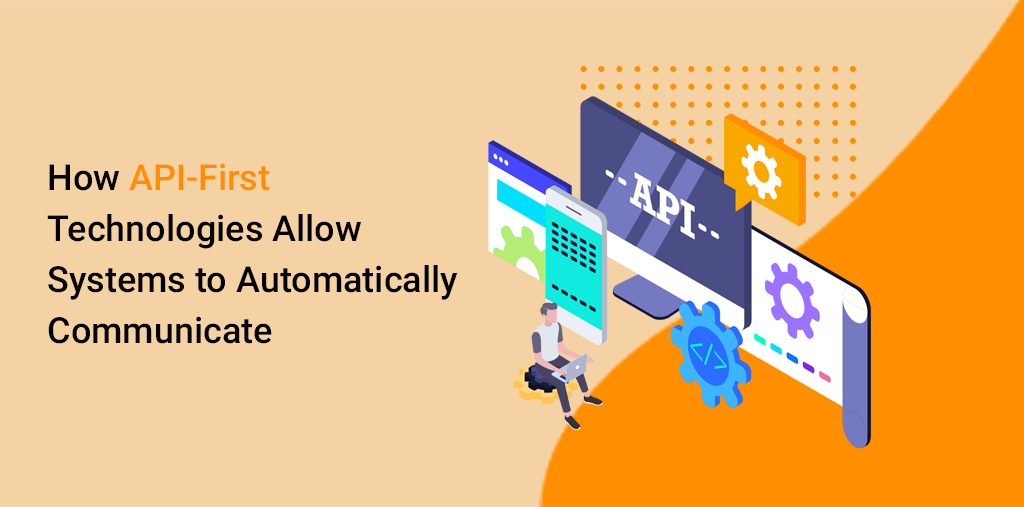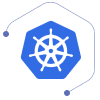APIs are one of the most well-known and extensively used terminologies in software development modern technology. The word has become widespread, and software firms use it frequently when discussing applications and documentation.
To understand what API-first architecture is and how it enables systems to communicate automatically, you must first grasp what an API is.
What is an API?
An Application Programming Interface, or API, is a collection of methods that allows an application to interface with external programs, operating systems, microservices, or data. In other words, APIs enable apps to “speak to” and interact with one another.
This API economy is critical for your commerce strategy since it will let you interface with new marketplaces and business solutions in the future.
Over 80% of companies will have an API program or strategy in place.
Almost 70% are motivated by the need to strengthen partner connectivity.
APIs are being used by 55% of forward-thinking firms to stimulate external innovation.
APIs not only make application development easier, but they also present an opportunity for creativity. Being a part of the API economy is essential for the long-term success of a business. APIs establish a business’s ability to participate and drive into new channels of revenue, connect to tools that produce operational efficiencies, and streamline how they engage with partners.
What is an API-first approach?
The majority of software you use today is cloud-based and accessed via your browser; it is a bundled experience or solution that you purchase and utilize.
An API-first strategy means that your APIs are considered “first-class citizens” in any particular development project. Everything in a project centers around the assumption that the final result will be consumed by mobile devices and APIs will be accessed by client apps.
An API-first strategy entails creating APIs that are consistent and reusable, which may be done by utilizing an API description language to define how the API should operate. Establishing a contract necessitates devoting more attention to the design of an API. It also frequently necessitates more preparation and engagement with stakeholders.
The Growing Popularity of API-First and how does it help?
As omnichannel usage advanced, the API-first strategy gained traction. There have never been more methods to engage with an application, including the web, mobile, and linked devices. This technique enables a software development company to produce apps that not only work in every channel but can also grow when more channels are introduced without having to develop new solutions for each of those channels.
As one of the pillars of MACH technology, building a commerce solution on an API-first platform provides full access to the platform’s basic features as well as the freedom to modify to your heart’s content.
An API-first approach to e-commerce provides a company with more control over the commerce experience, as well as the flexibility to construct a best-of-breed technological stack that will keep your company functioning now and in the future. API-first solutions provide organizations with a competitive advantage by increasing flexibility, scalability, and control.
Web APIs have been present for about 20 years, but the idea of “API first” has only recently gained popularity with development teams. The number of developers creating API-first solutions is growing. So we thought we’d start by introducing you to the notion of API and why this method is gaining popularity.
Example
When you go for mobile app development and when you use the application, it connects to the Internet and sends data to a server. The server then receives the data, interprets it, takes the appropriate steps, and delivers it back to your phone. The program then analyses the data and displays the information you requested legibly. This is what an API is – everything happens through an API.
To explain this better, let us take a familiar example.
Assume you’re at a table in a restaurant with a menu of options to choose from. Your order will be prepared in the kitchen as part of the “system.” What is lacking is the key link that allows you to convey your order to the kitchen and have your meal delivered to your table.
This is when the waiter or API comes into play. The waiter is the messenger – or API – who accepts your request or order and transmits it to the kitchen – the system. The waiter then returns the response to you; in this example, the meal.
Here’s a real-world API sample. You may be familiar with the practice of looking for flights online. You have a range of alternatives, much like the restaurant, such as different cities, departure and return dates, and so on. Assume you’re reserving a flight on an airline’s website.
You select a departure city and date, a return city and date, a cabin class, and other options. To book your ticket, you use the airline’s website to search their database and see if any seats are available on those dates and what the pricing would be.
But what if you aren’t utilizing the airline’s website, which provides immediate access to the information? What if you use an online travel provider, such as Kayak or Expedia, that aggregates data from many airline databases?
In this scenario, the travel service communicates with the airline’s API. The API is the mechanism via which that online travel provider, like your helpful waiter, may obtain information from the airline’s database in order to reserve seats, luggage choices, and so on. The API then returns the airline’s answer to your request to the online travel service, which displays the most up-to-date, relevant information.


























